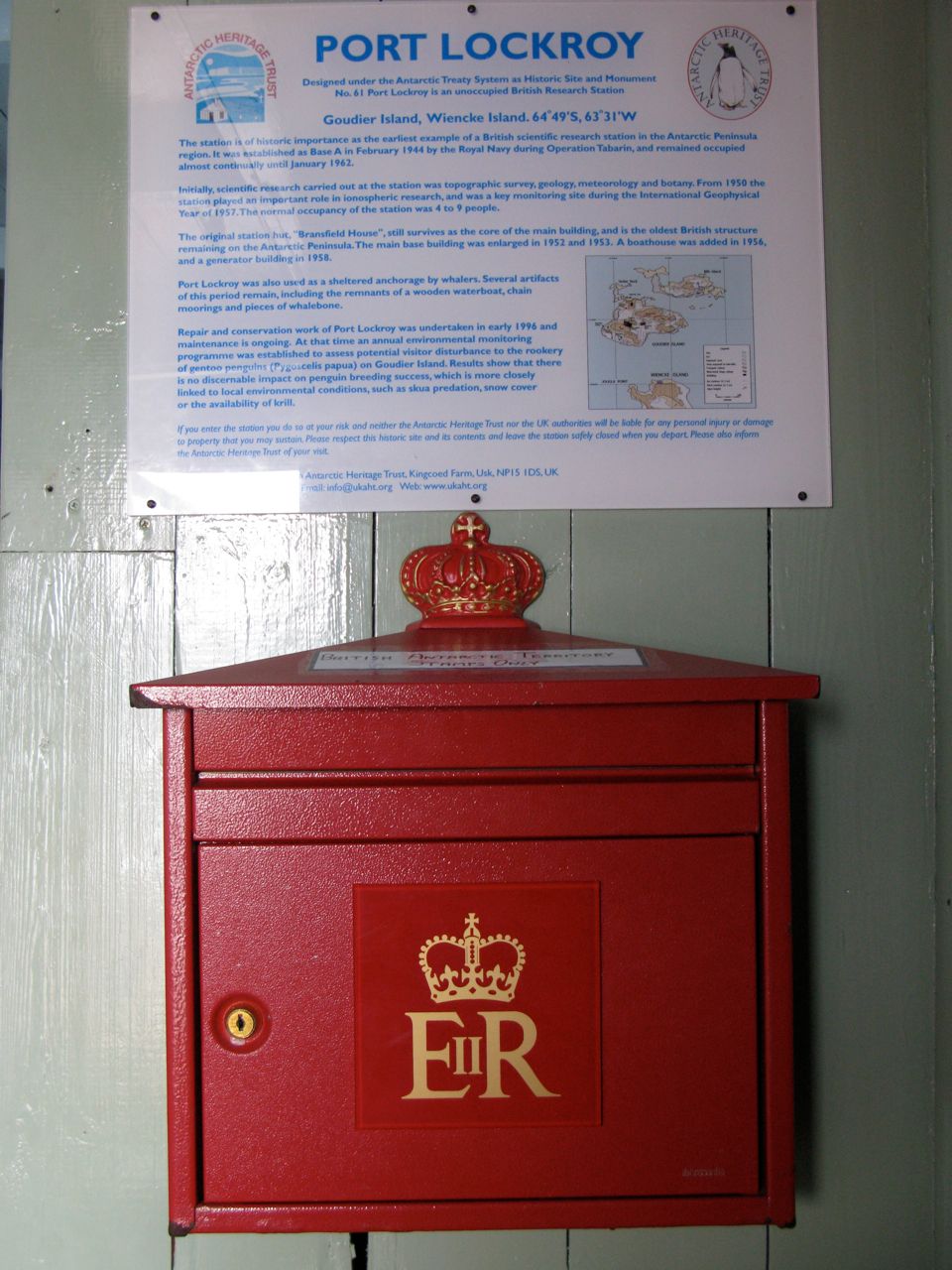About
Located on remote Goudier Island on the Antarctic Peninsula, a former British research base now operates as a modest museum, gift shop, and post office.
The buildings first served as the base for the WWII "Operation Tabarin" in 1944, a British military mission to monitor enemy activities in the extreme south following Germany's airdrop of swastika-decorated leaflets across Queen Maud Land.
Researchers worked out of the base until 1962. They then sat abandoned from that time until restorations in 1996 under terms of the Antarctic Treaty, which declared the buildings Historic Monuments and required that they be renovated. The British Antarctic Survey (BAS) undertook the restoration and then opened the site up to visitors during the Antarctic summer.
Port Lockroy was first discovered in 1903 by Jean-Baptiste Charcot's French Antarctic Expedition and was named for one of the expedition's backers. Of the six British Historic Monuments on the peninsula (Damoy, Detaille Island, Horseshoe Island, Port Lockroy, Stonington Island, and Wordie House), Port Lockroy is the only one fully restored.
Most of the current research revolves around the local gentoo penguin population and observing the impact of humans on their environment. Proceeds from rare Antarctic stamps and the gift shop pay for the upkeep of the buildings.
Related Tags
Community Contributors
Added By
Published
November 5, 2010






































